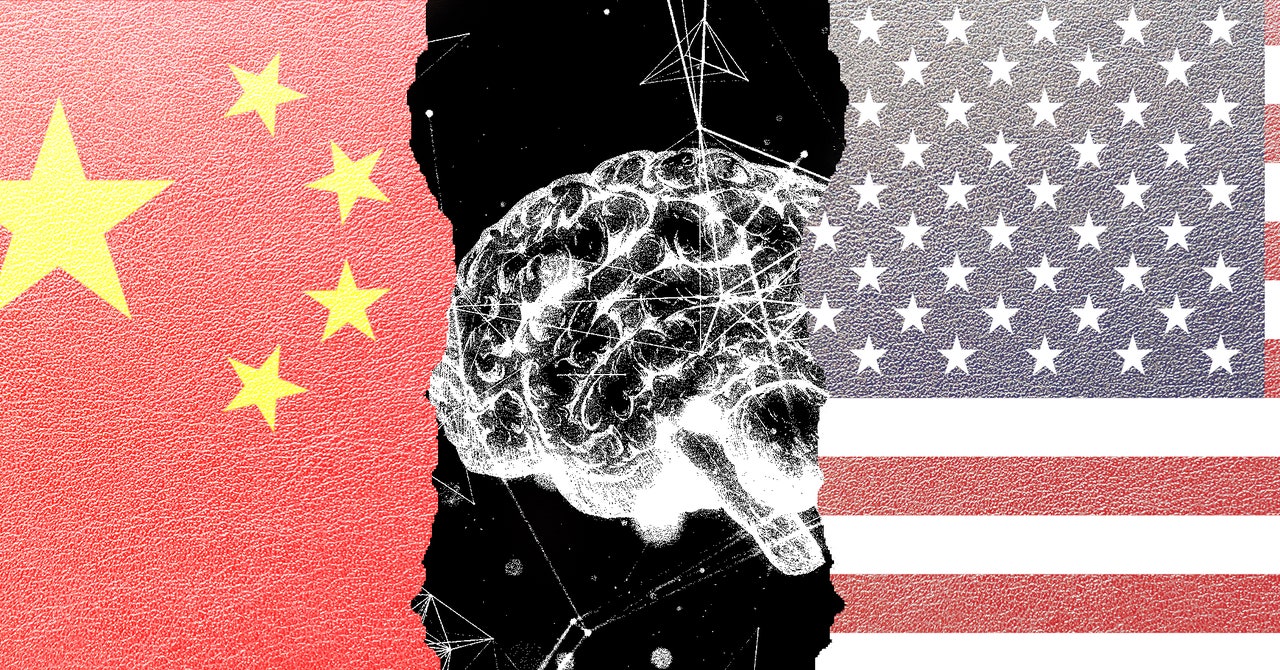Late last month, the US Treasury Department finalized new restrictions limiting what kinds of Chinese tech startups US venture capital firms can invest in for national security reasons. When they go into effect in January, the long-awaited measures will stop American VCs and other investors from pouring money into cutting-edge Chinese AI models. After president-elect Trump takes office a few weeks later, his administration may expand the rules and make them even tougher.
While the US still leads the world in advanced AI development, the American government has grown increasingly concerned about China catching up soon. The new outbound investment restrictions are designed to work alongside other measures, such as export controls on advanced computer chips and the Committee on Foreign Investment in the United States (CFIUS), to collectively hamper—or at least slow down—the progress of Chinese AI companies.
The new restrictions outline two broad no-go zones for US AI investors. The first is companies developing tech designed exclusively for sensitive uses like China’s military and intelligence services, which investors will be prohibited from putting money into regardless of how advanced their AI capabilities may be.
For Chinese startups working on things like consumer AI, American VC firms will need to use a specific threshold to determine whether they can make investments in them. A startup’s AI model can be no larger than 1025 flops, or floating point operations per second, a numerical measure that indicates the size and capabilities of an AI model. (The European Union used the same threshold to determine which AI systems should be subject to greater regulatory scrutiny.) A lower threshold, 1024 flops, will be applied to AI systems that are primarily trained using biological sequence data due to fears that such tools could be used for particularly sensitive purposes, like creating bioweapons.
“A 1025 [flops] model is the frontier. The largest models that exist today all exist in this band between 1025 to 1026 [flops],” says Jaime Sevilla, the director of Epoch AI, a research organization that tracks the trajectory of the AI industry. That includes all the big names like OpenAI’s GPT, Google’s Gemini, Facebook’s Llama, and Anthropic’s Claude. “A 1024 flops model is what the frontier was like in 2022. It is much more common for most to be training above the 1024 flop [threshold nowadays],” Sevilla explains.
Epoch AI is keeping track of the flop counts that AI companies have disclosed publicly or can be estimated from their technical specifications, though Sevilla says that firms are becoming more discreet about revealing the exact measurements of their models. For now, there are only two Chinese companies, TikTok owner ByteDance and Zhipu AI, that have publicly announced models exceeding 1025 flops. When it comes to Chinese models trained primarily on biological sequence data, none have surpassed 1024 flops.

